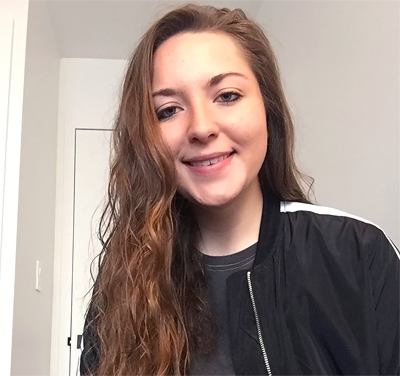If you have a radio station with Live365, you may be wondering if there's anything you can do to enhance the quality of your programming. What will attract more people to your station? What are some helpful things to do so that your audience keeps listening?
There are 3 main things you should know if you want to keep your radio station in tip-top shape. These tips will help your station's track mix, aid your audience, and keep your station as professional as it can be. Without further ado, here are the top 3 programming best practices you should implement on your Live365 station!
1. Take Your Metadata Seriously
Not only is metadata helpful for listeners who want to learn more information about the song playing on your station, it's essential for AutoDJ to run.
Having good and accurate metadata - tracks with the song title, artist, and album name all filled out - aids AutoDJ in knowing which tracks to select next. AutoDJ selects tracks according to your AutoDJ settings while following the DMCA, so without complete metadata, AutoDJ could run into issues selecting tracks. For example, if you have a bunch of tracks with "Untitled Album" in the album field, the system will think all of those songs are from the same album and it may not have enough songs to then choose from.
Additionally, accurate metadata is essential to keeping your radio station legal. While Live365 provides our broadcasters with licensing, we need our broadcasters to supply us with the most accurate metadata possible so we can take care of the necessary royalty reporting.
To learn more about metadata, check out Live365's guide on The Importance of Metadata.
2. Enable AutoDJ
AutoDJ is a beautiful thing. It allows for tracks to be played on your station automatically rather than you having to schedule an event and queue tracks up.
Even if you broadcast with LiveDJ - meaning you have your own third-party encoder or automation system - you should definitely still upload content to your library to allow AutoDJ to run if needed. AutoDJ can be used as a fallback in case of technical difficulties.
Let's say your power goes out, your encoder becomes disconnected, or you lose internet connectivity. If enabled, the AutoDJ feature will keep your station going using the tracks in your library. This way, while you're experiencing technical difficulties, your audience won't be left in the dark and wondering why you're suddenly off air.
3. Have Enough Content
Of course, you can't just have a handful of songs on your radio station! Even 15 to 20 songs will not be enough for the system to choose from, and you will likely encounter errors.
Therefore, it's a good practice to keep uploading content whenever you can. Aim for at least 100-200 tracks...even more if possible! Make sure you have enough content in different categories as well. Not only will it help the system and make your radio station full of diverse media, but your audience's ears will thank you, too.
If you're looking for more programming tips, check out the video below from this year's Live365 Summit on World Audio Day! Our very own Cam Black will instruct you on some practices not covered in this post, related to Clockwheels, LiveDJ, and more.
We hope these tips come in handy for you. Happy broadcasting!
Ready to start your own station? Contact one of our Product Consultants or visit our website today.
Discover thousands of free stations from every genre of music and talk at Live365.com. Keep up with the latest news by following us on Facebook (Live365 (Official) and Live365 Broadcasting) and Twitter (@Live365 and @Broadcast365)!
Article Image: A person working on their laptop. (Christin Hume via Unsplash.)


